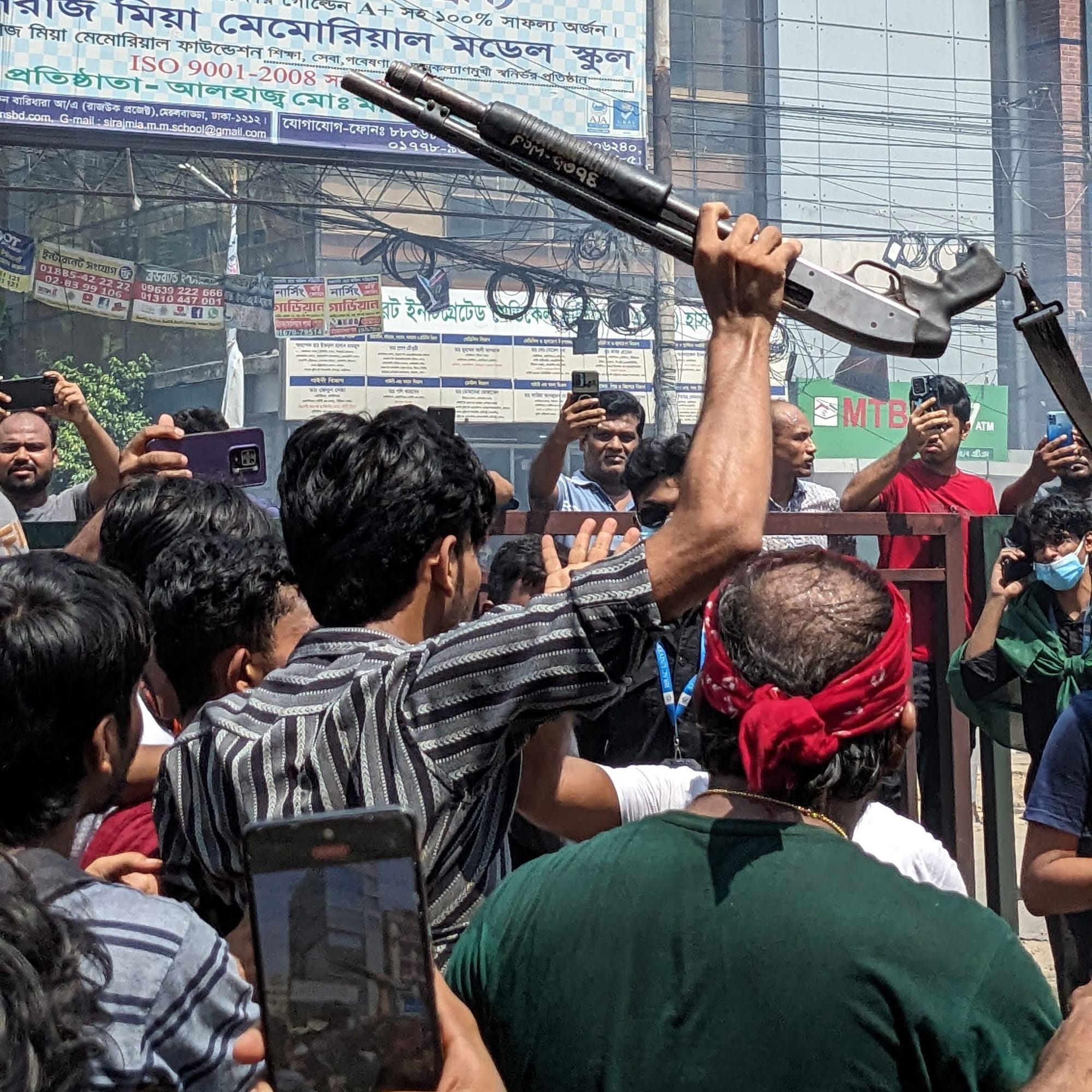Lenses of Defiance
Private university students did not have a stake in the quota reform movement initiated by public university students last year. But when the then-government used unlawful lethal force to suppress the protests, they took to the streets risking their lives and breathing new life into the movement.
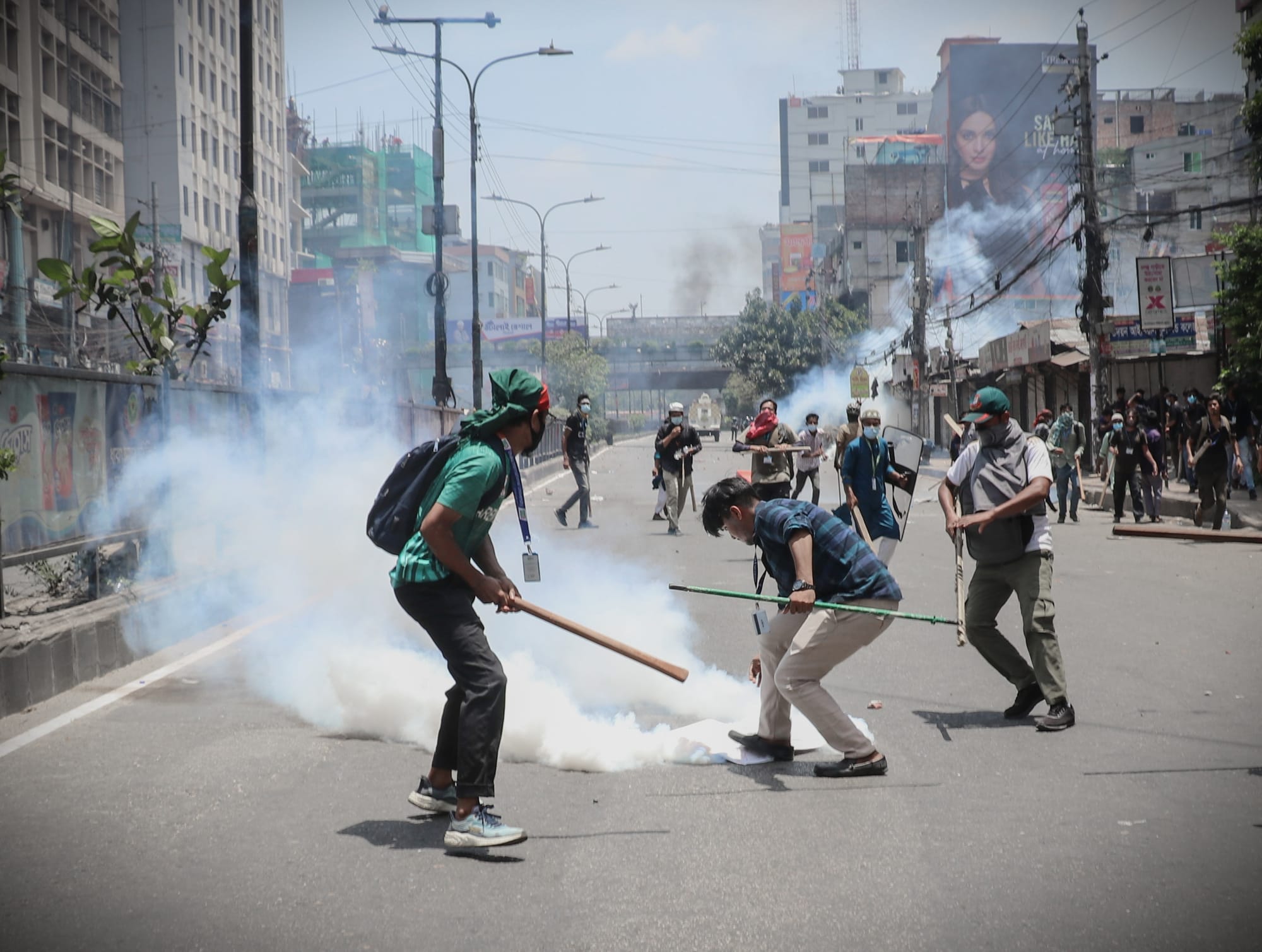
Every month, Mashruk Ahmed will curate an instalment of a photo-story series that questions established power discourse, featuring photographers who explore gaps, absences, and silences in Bangladesh’s socio-political records.
In this fourth edition, we commemorate the one-year anniversary of the July Uprising 2024, focusing on the perspective of private university students. This special edition is a two-part photo series featuring 11 student photographers from three private universities in the capital, a nod to this cohort of student protestors who had been all but sidelined in the aftermath of August 5th. They witnessed first-hand how strangers became comrades, how campuses became battlegrounds for justice and how this previously considered ‘apolitical’ group risked their lives to stand up to the government. Their defiance, particularly on July 18th, marks a pivotal moment in the nationwide protests. Some of these student photographers were also injured in the process of documenting the student-led uprising. You can find the previous edition, Partha Sengupta’s “The Bloodiest Border”, here.
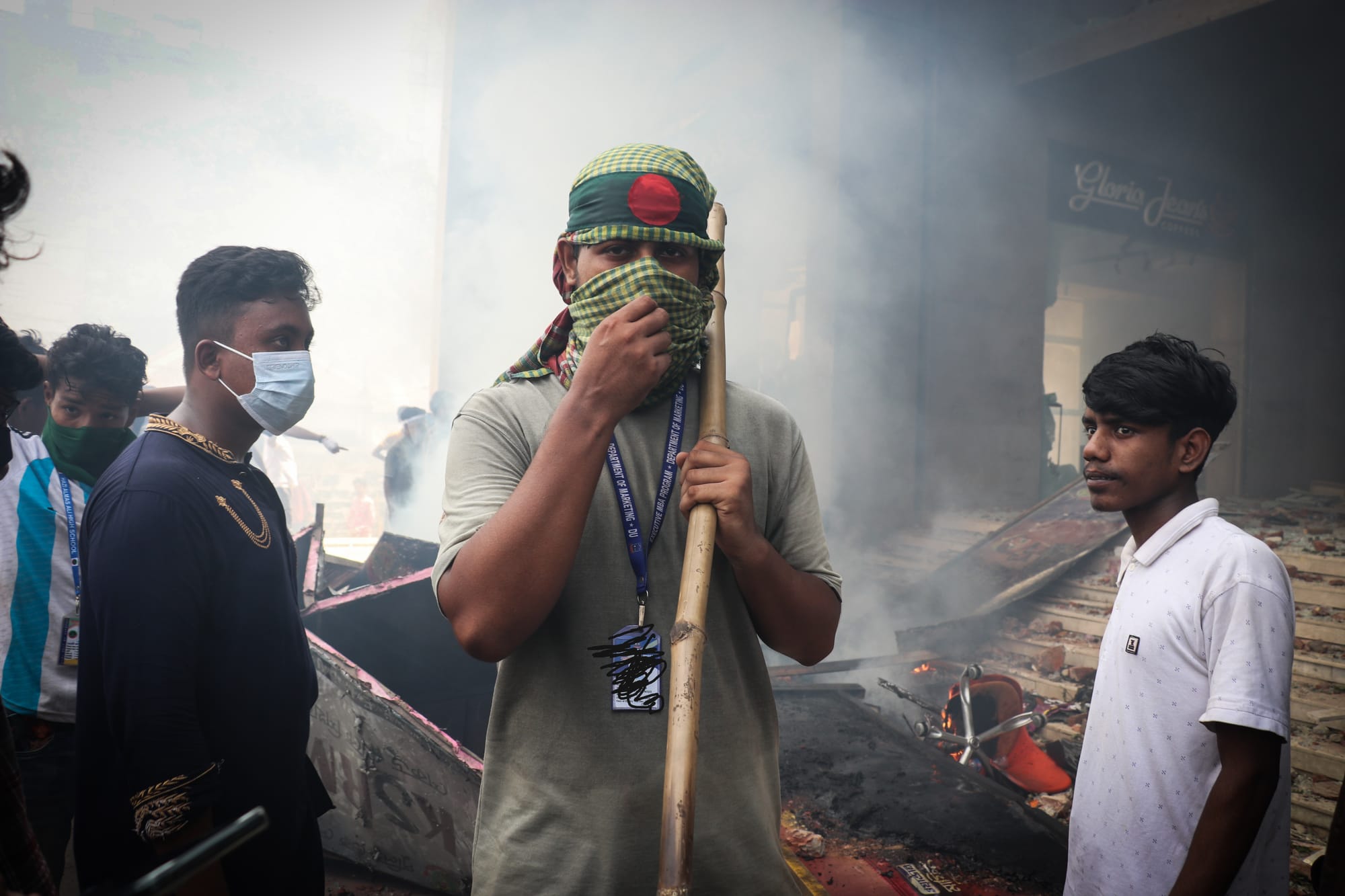
Inside the walls of the private university campuses, the atmosphere was eerily quiet. The administration, and even many students, chose silence during the early days of the Quota Reform Movement at Dhaka University last year.
Private universities didn’t seem directly connected to the movement. For many of us, it felt distant, and there was an unspoken sense that this wasn’t our fight.
Yet, the events unfolding at DU didn’t go unnoticed.
Students on our campus were aware, informed, and watching. The conversations started small, whispers in corridors, in group chats. But the mood was indifferent. After all, most private university students weren’t aiming for Bangladesh Civil Service entrance exams or other quota-based government job recruitment systems.
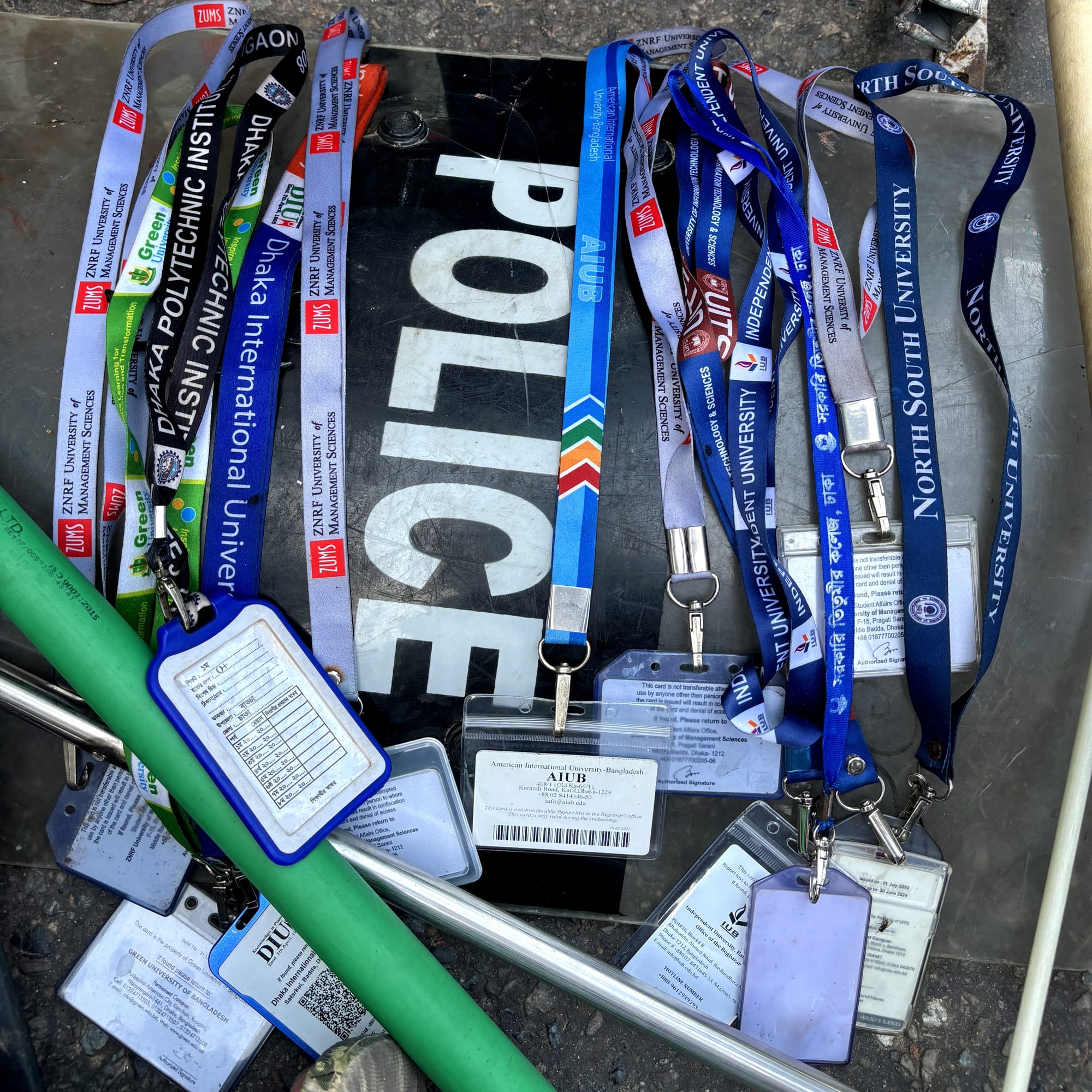
That changed the moment the police began torturing DU students. The news, the videos, the images, they cut through our indifference like a blade. Watching fellow students beaten for exercising their right to protest—some even picked up by the police— shook something in all of us. We were all watching it on Facebook, horrified by what was unfolding. It was chaos, and we felt an overwhelming urge to act.
We couldn’t just sit back and watch.
The shift was visceral. Suddenly, it wasn’t about quota reform, it was about justice, dignity, and standing up against brutality. The apathy that once lingered was replaced with outrage and empathy.
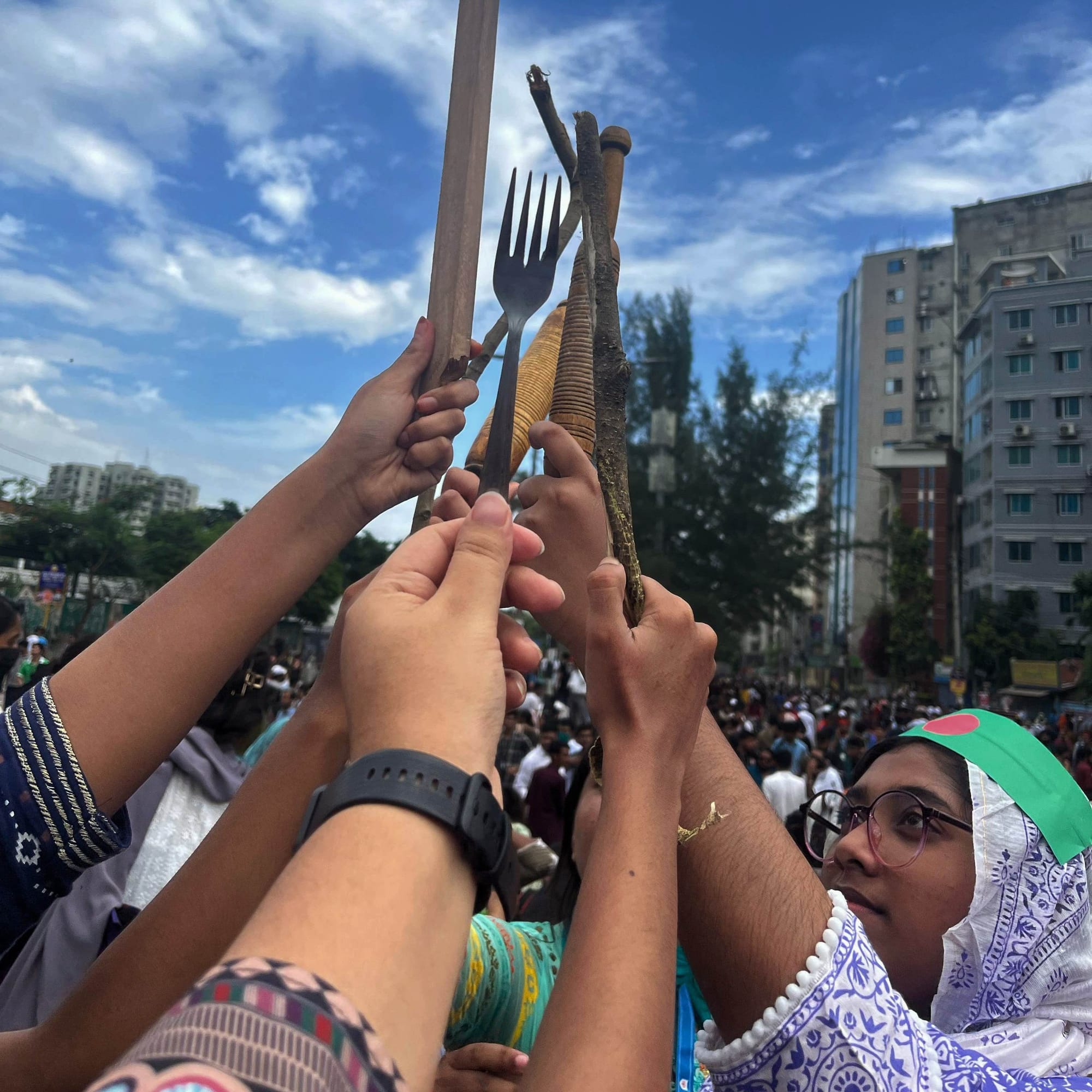
Around July 15th, 2024, private university students went from observers to activists. The spark had caught. Conversations turned into calls for action; passivity transformed into participation.
And then came July 18th, a defining moment.
It was no longer the public universities’ fight alone, it was all of ours. In solidarity with public university students, around 50 of us from BRAC University and East West University gathered in Rampura for a symbolic protest. It wasn’t planned or coordinated—it was entirely spontaneous. But things escalated quickly.
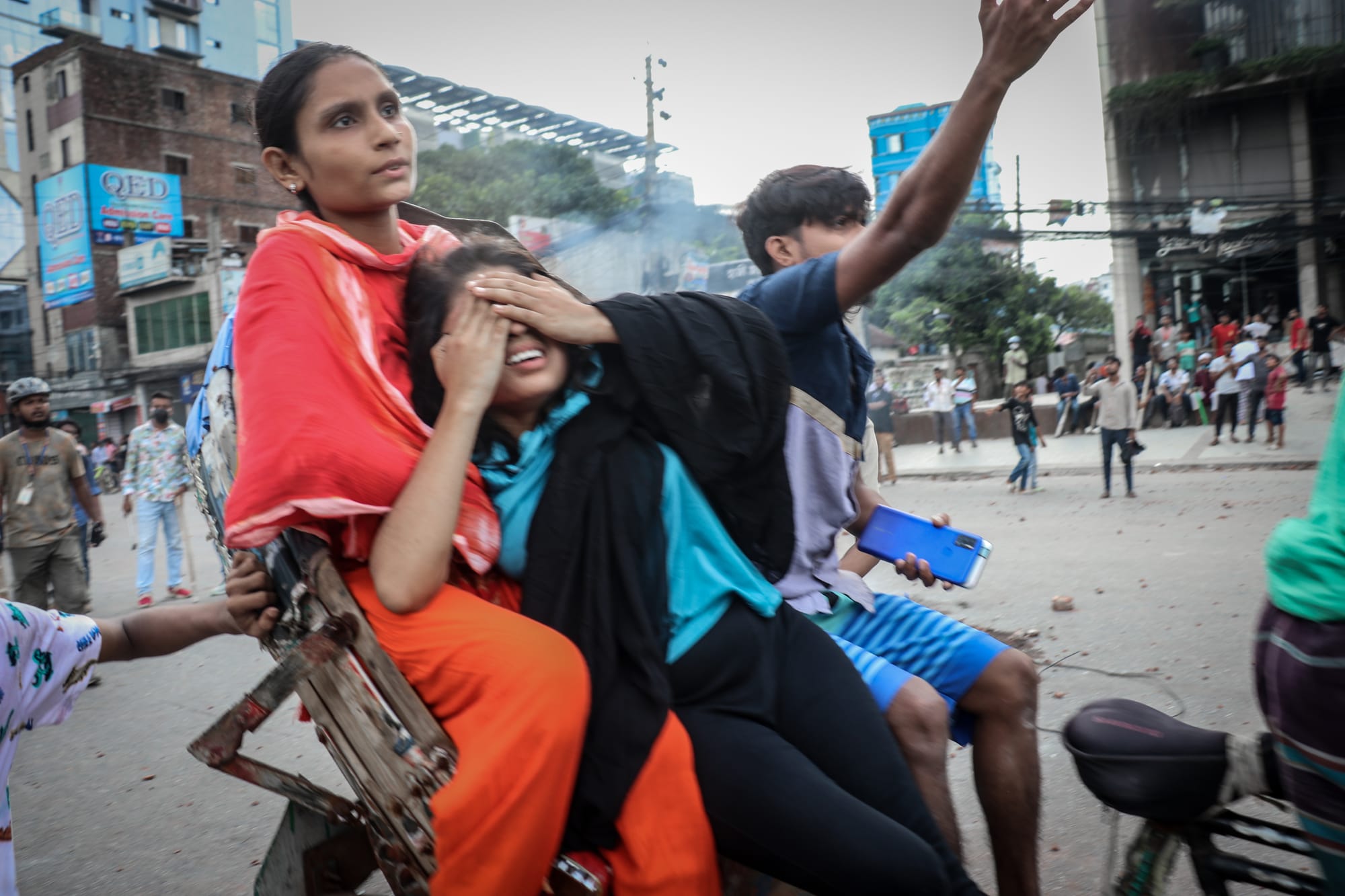
Photos, videos, and livestreams of our protest began circulating on Facebook. Within a few hours, our numbers grew from 50 to over 500. That’s when the movement truly gained momentum.
And it wasn’t just us—students from NSU, UIU, IUB and other private universities joined in too. Eventually, Rampura became the epicenter of the private university student movement. Even high school and college students began showing up on their own initiative. The energy was unstoppable — all stemming from a mix of digital coordination and raw human connection. Facebook and Telegram were our primary tools.

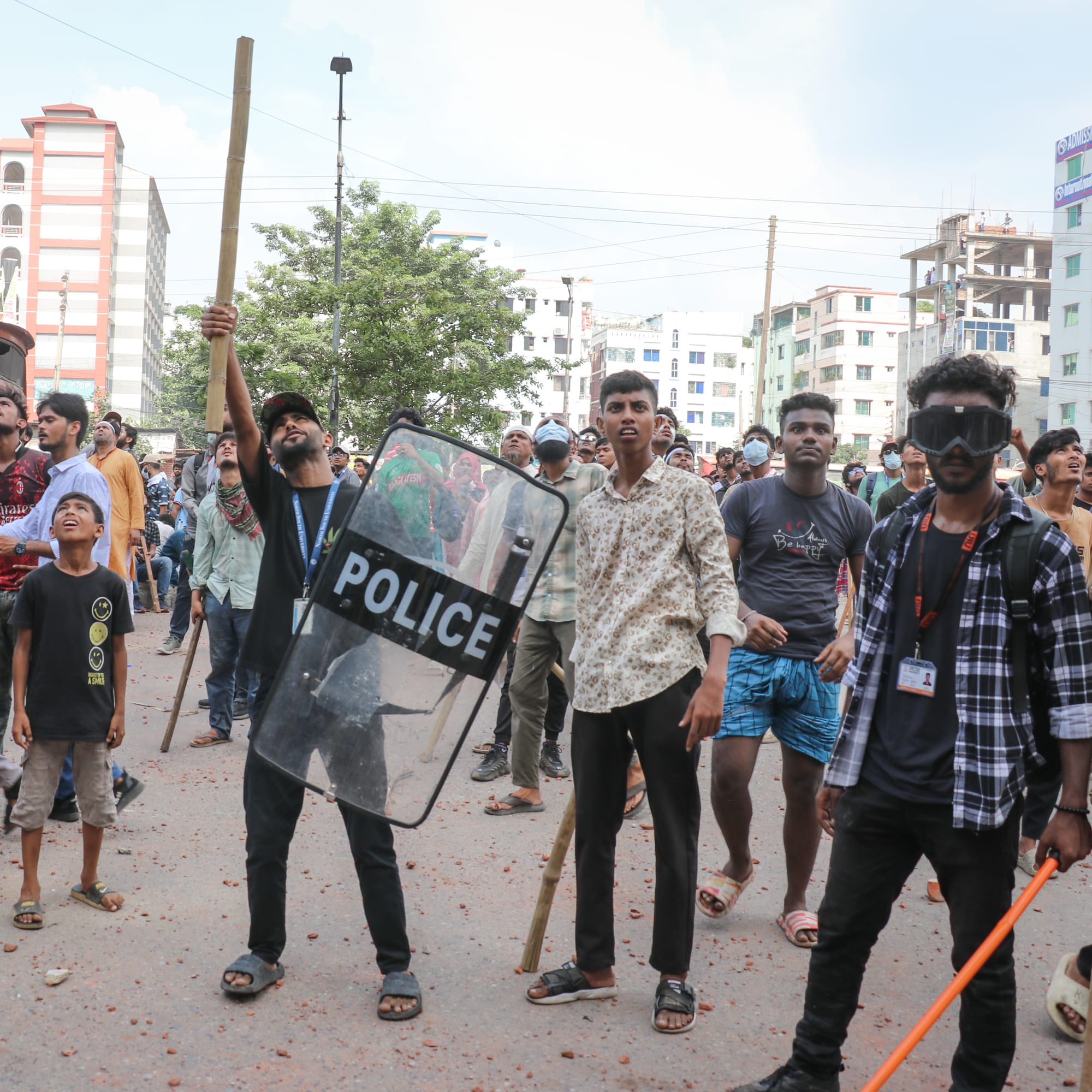
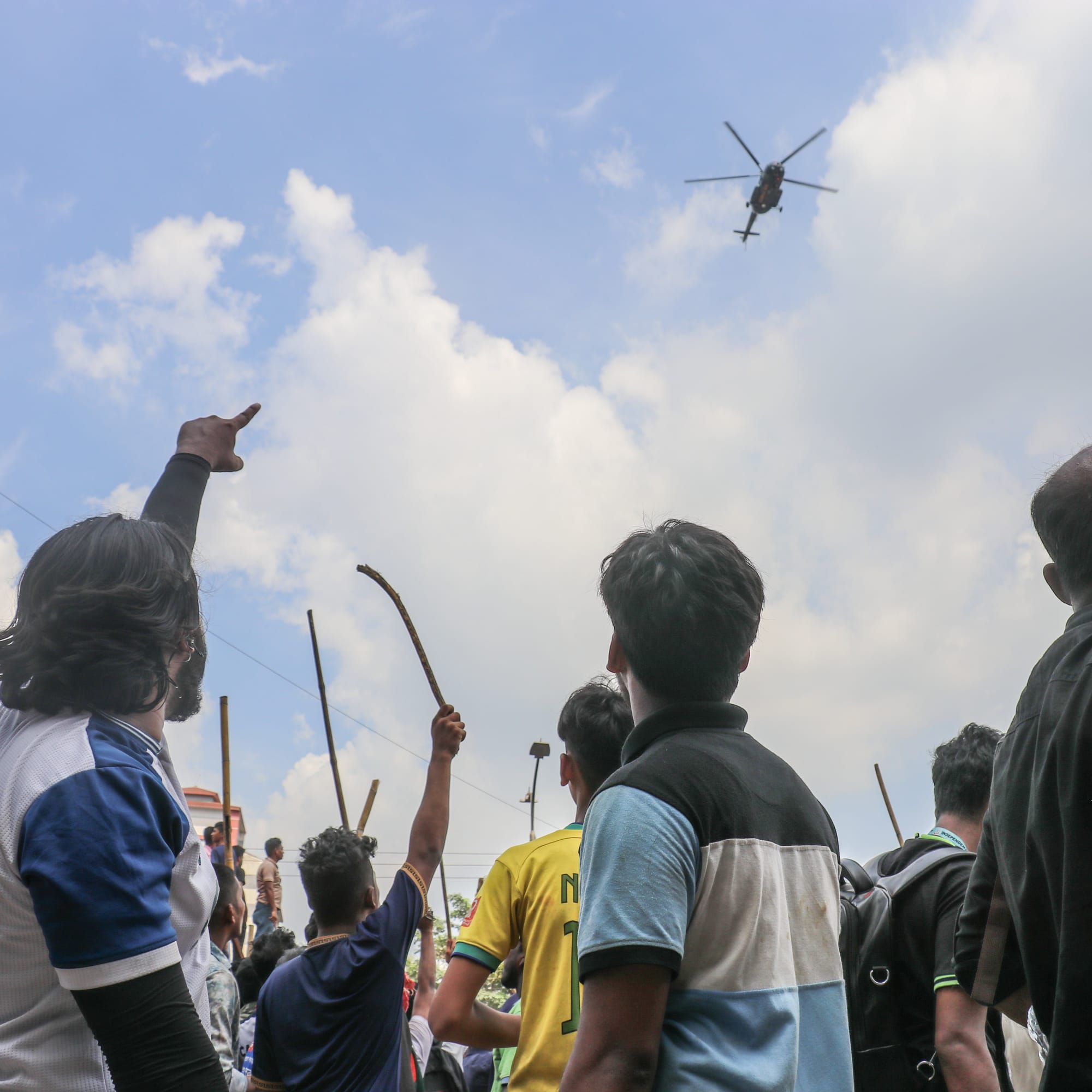
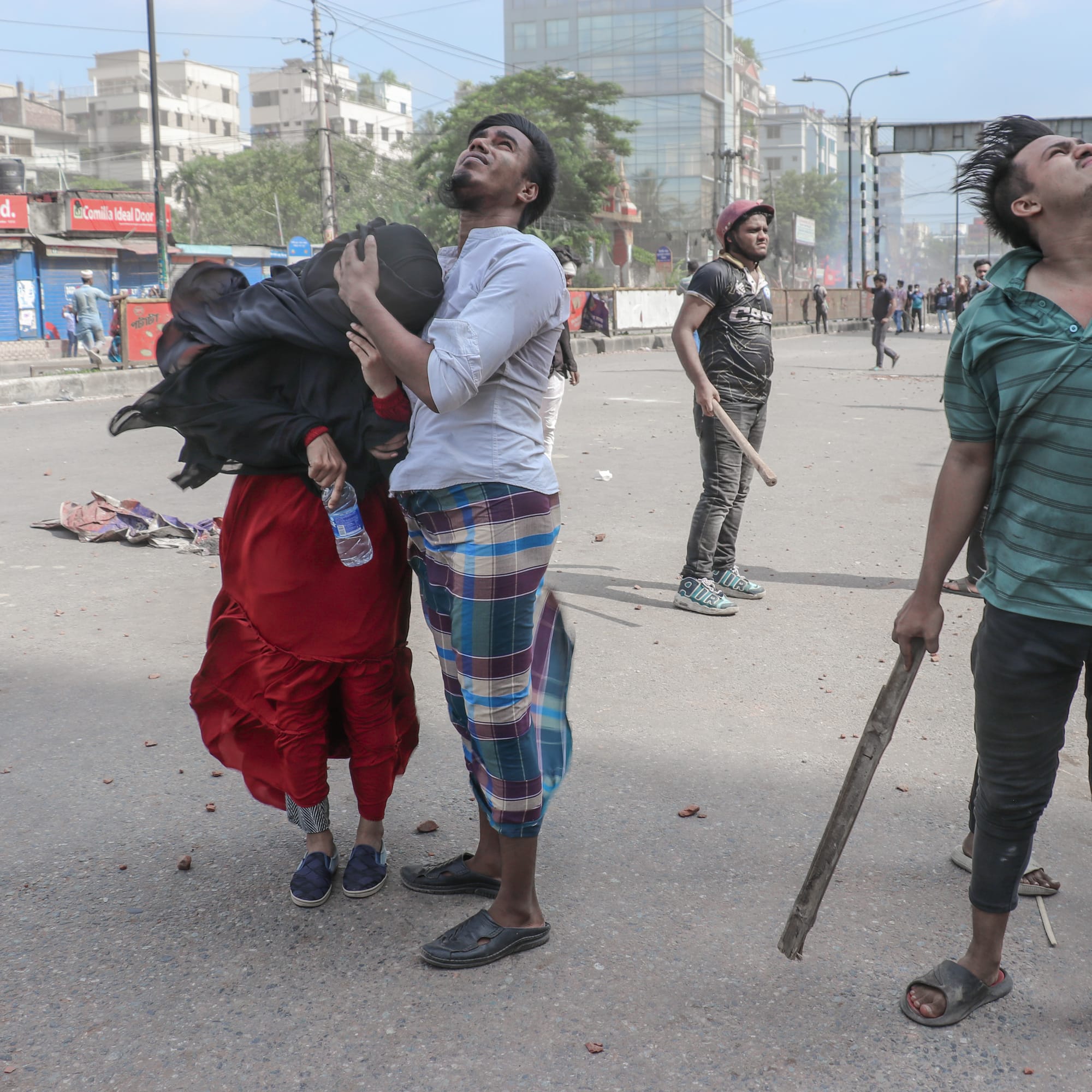
Photograph: Risul Islam Rifat
People would DM us: “Where are you? How can I join?” Some saw Instagram stories and came immediately. We’d drop live locations, help them navigate the gates. It didn’t matter what university or batch you were from—only that you wanted to stand with us. Those who couldn’t join in-person, helped in other ways: editing videos, posting updates, contacting media and international platforms. From every direction, we came together as one.
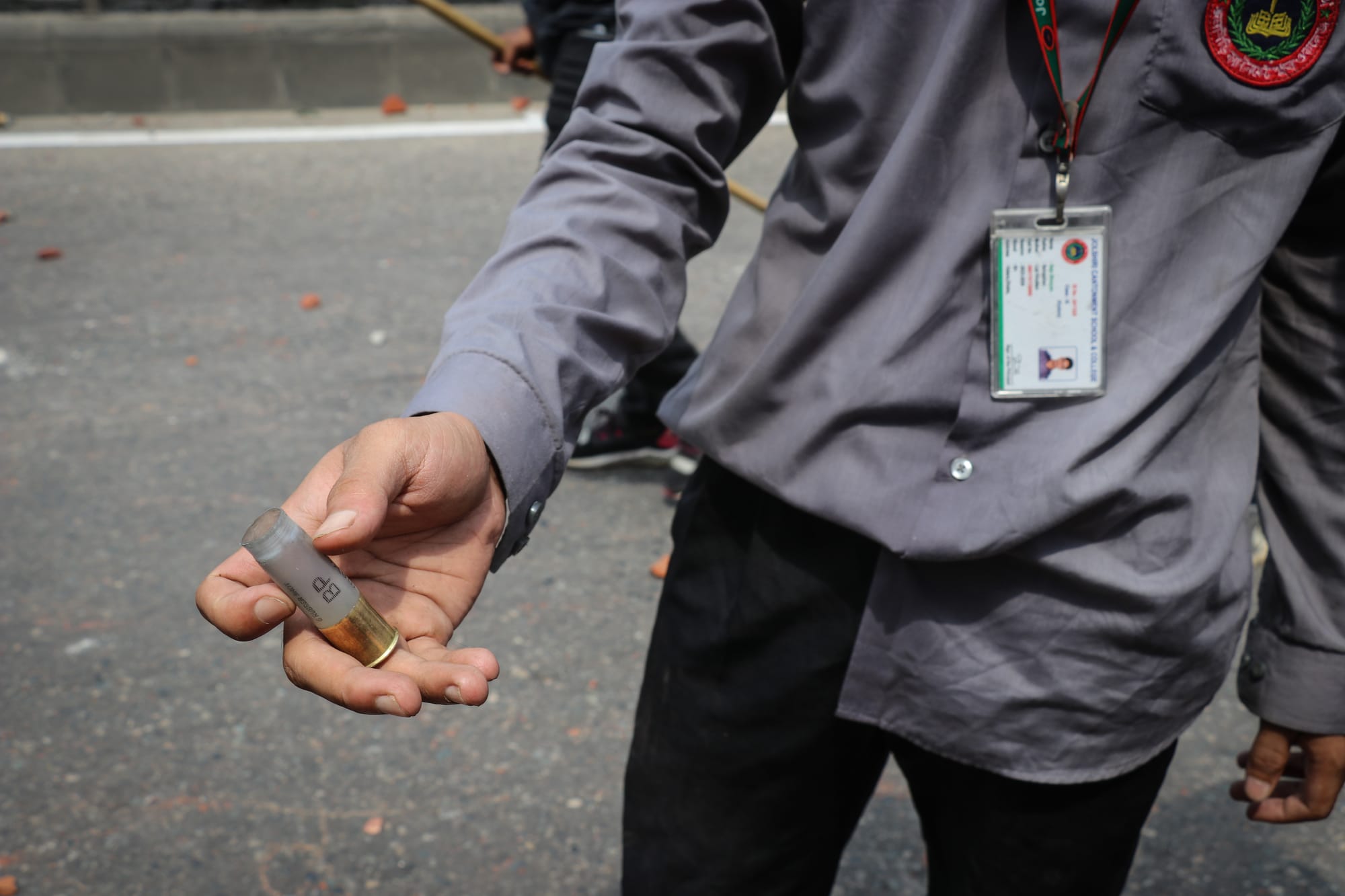
Once we hit the streets, people naturally took on roles. Some led chants, some formed human shields to keep outsiders out. Others brought water or filmed what was happening. In the end, it felt like everyone was a leader in their own right. There was no ego, no hierarchy, no commands—just “us,” just shared conviction. It was a horizontal structure where people stepped up because they believed in what we were doing.
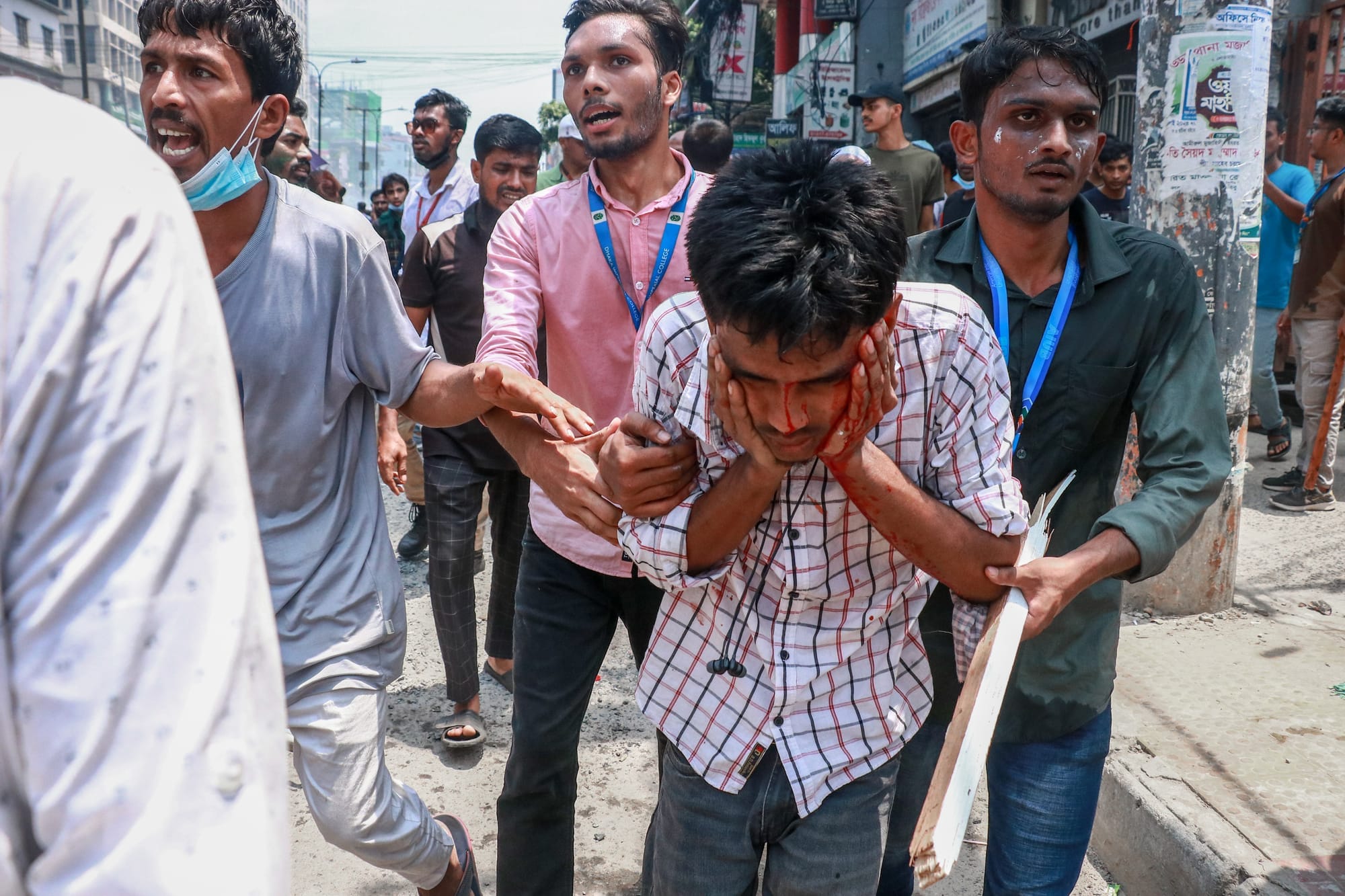
Honestly, there was no fixed leader. Everyone was posting on Facebook—“Let’s protest in Rampura”—and those calls came from many directions. That’s how a powerful, feeling-driven, leaderless movement was born.
The protest turned violent when police and paramilitary forces started firing rubber bullets and using tear gas, sound grenades. The brutality escalated quickly, and the atmosphere changed from peaceful protest to violent confrontation.
At first, we weren’t thinking about safety or medical support. We didn’t imagine we’d face direct attacks or bullets. We joined with the simple belief that our cause was just. But when the violence started, we realized how dangerous things really were.
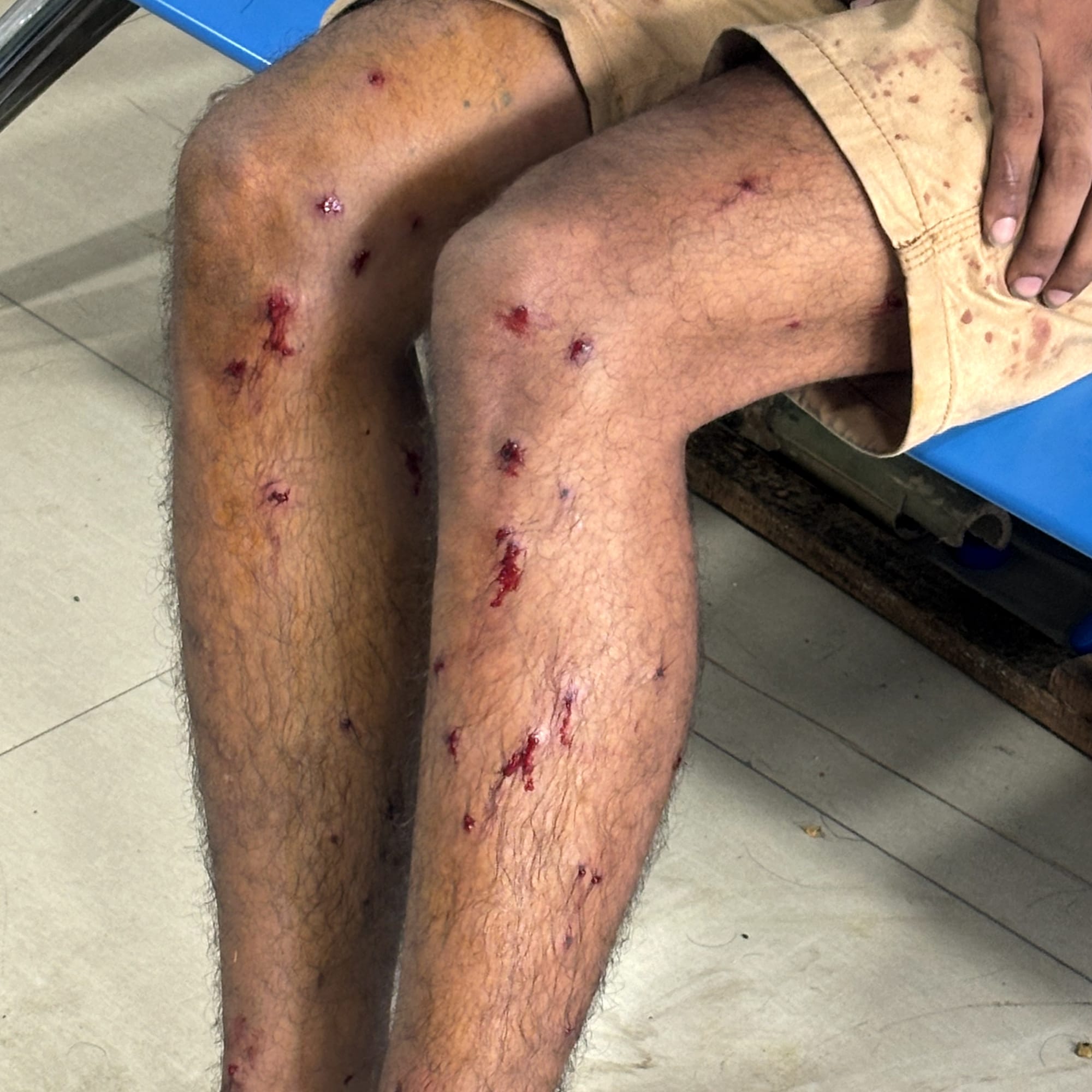
Our universities didn’t issue any official restrictions. There was no notice or warning. At the same time, they didn’t openly support us either. But when the attacks started, BRAC University let us inside. The campus became our sanctuary.
Faculty members and staff rushed in with everything —medical supplies, oxygen, emergency meds. They brought it with their own hands. That kind of support was beyond anything we expected. They didn’t ask who was injured or how—they just showed up. Many lives were saved that day. That memory will never fade.
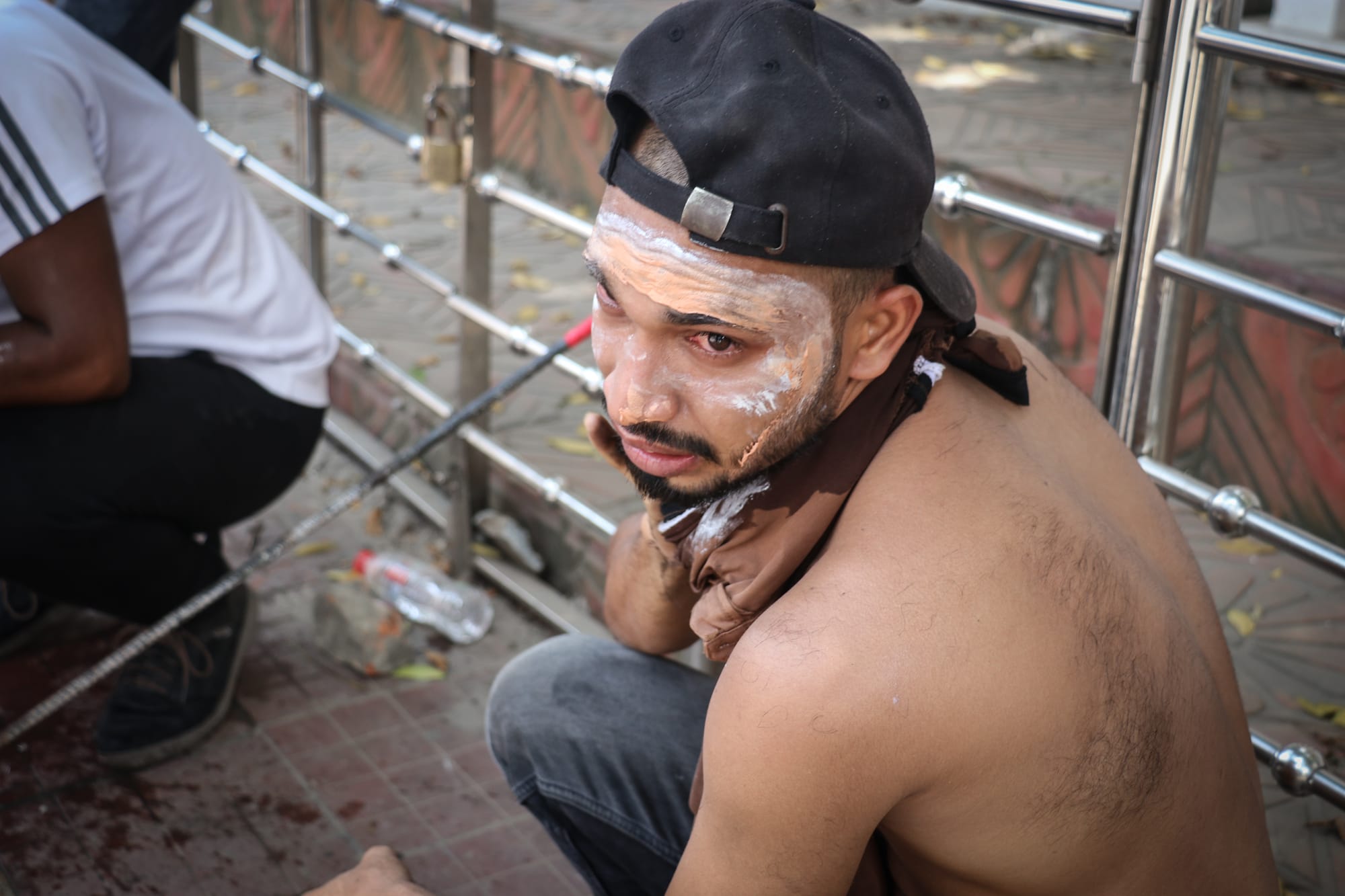
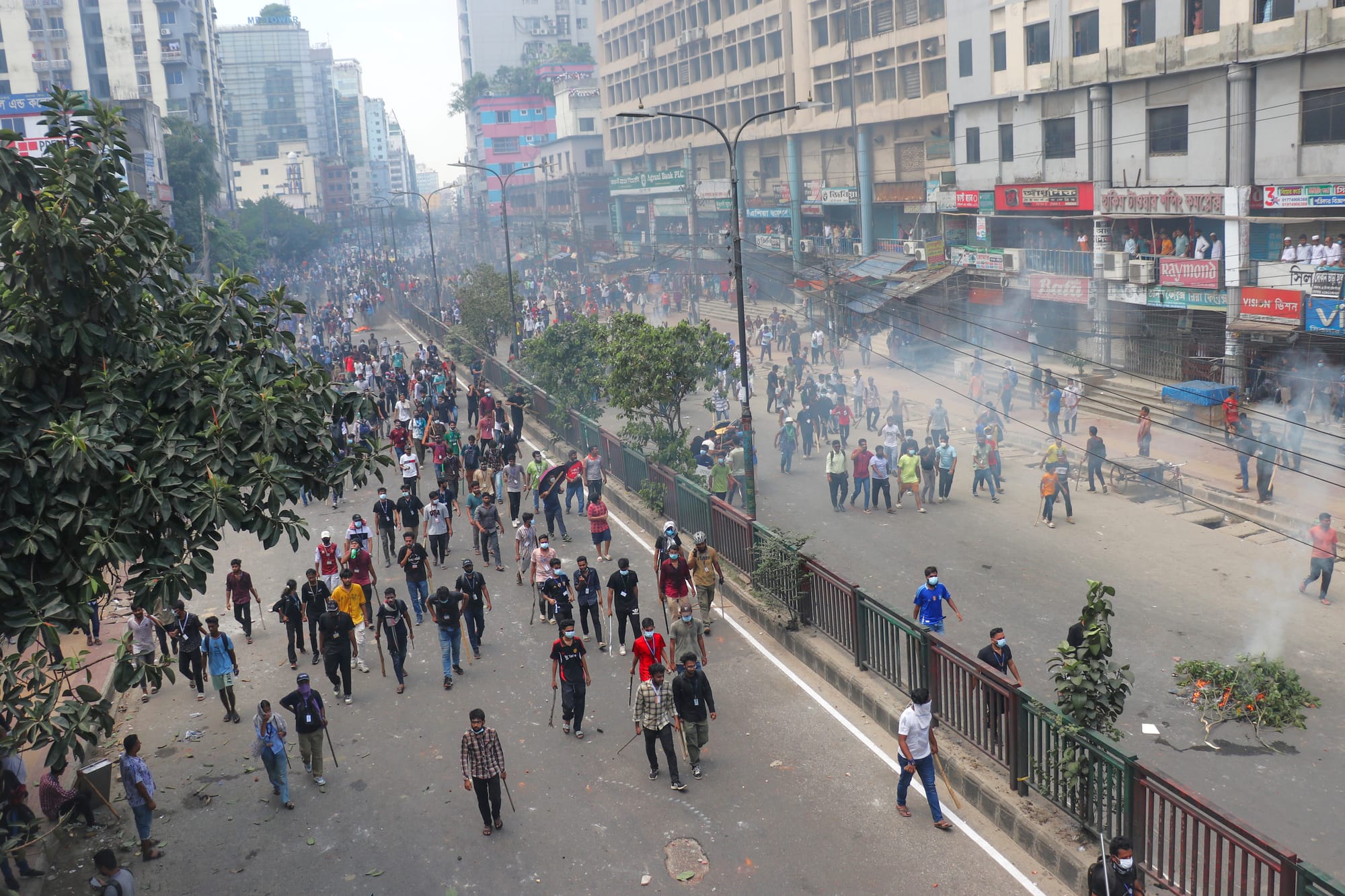
That quiet solidarity? It spoke volumes. They may not have said much, but their actions told us everything. We knew, deep down—they were with us.
For communication, we were a bit more prepared. Since Facebook was sometimes blocked, we used a Telegram group with VPNs to stay in touch. We shared live updates about who was where and what the situation was. In the absence of reliable internet, SMS and phone call communication, we used apps that work through Bluetooth to exchange information when necessary.
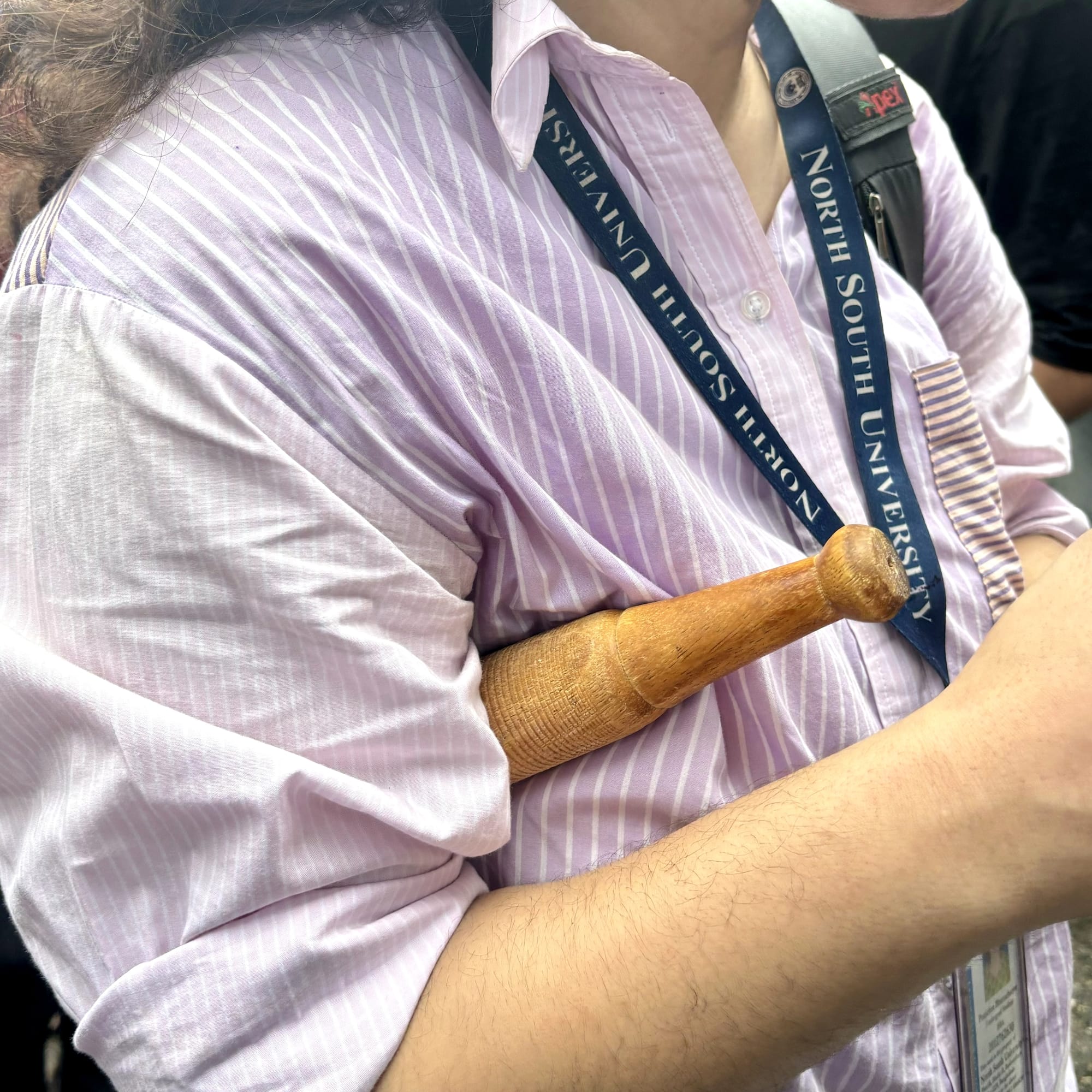
Picking up the camera that day wasn’t part of any plan. But instinctively, our hands reached for the camera. There was something in us that knew, this moment had to be remembered, not just felt. It wasn’t about artistic framing or aesthetics—but about truth that had to be documented.
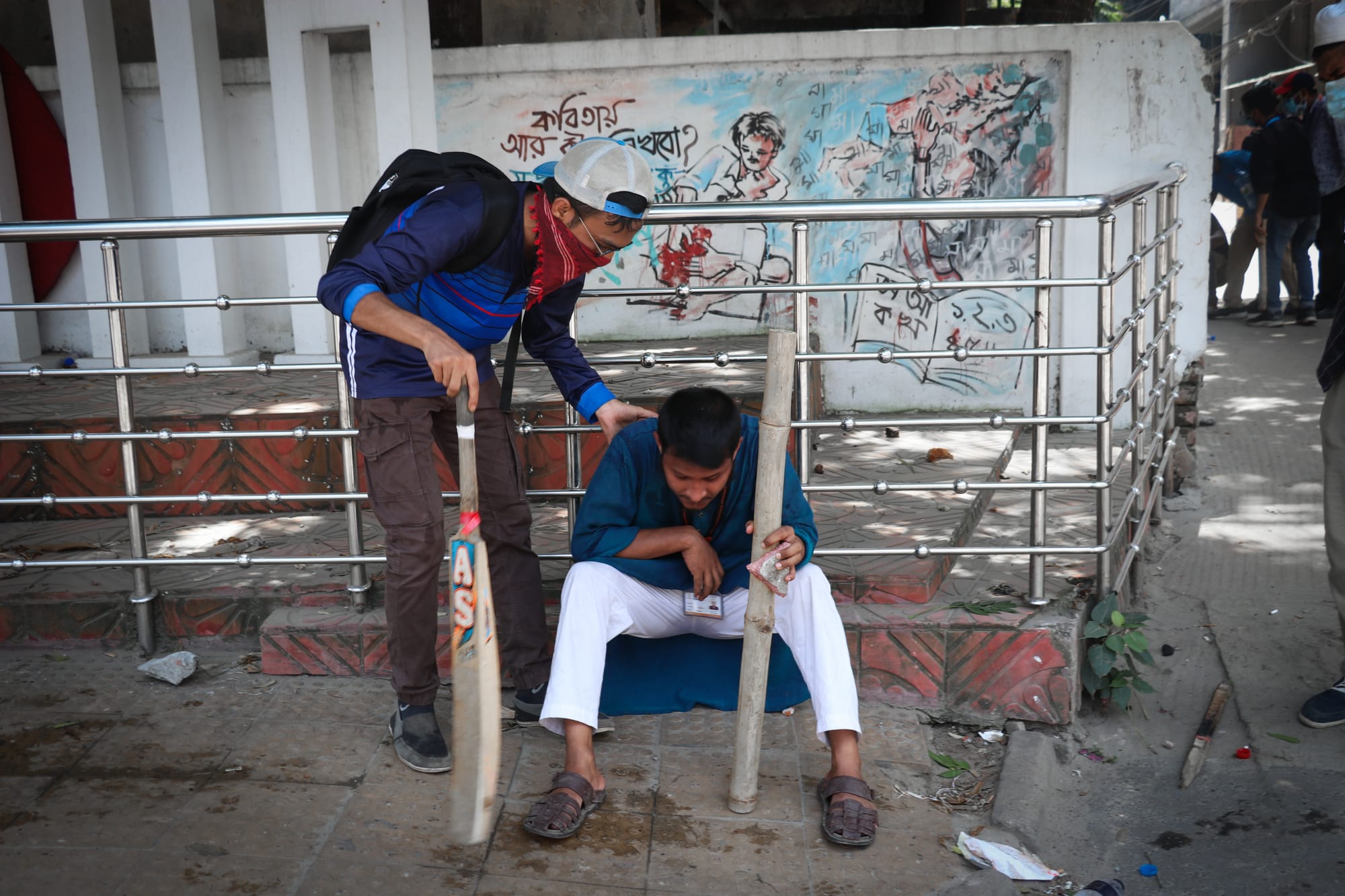
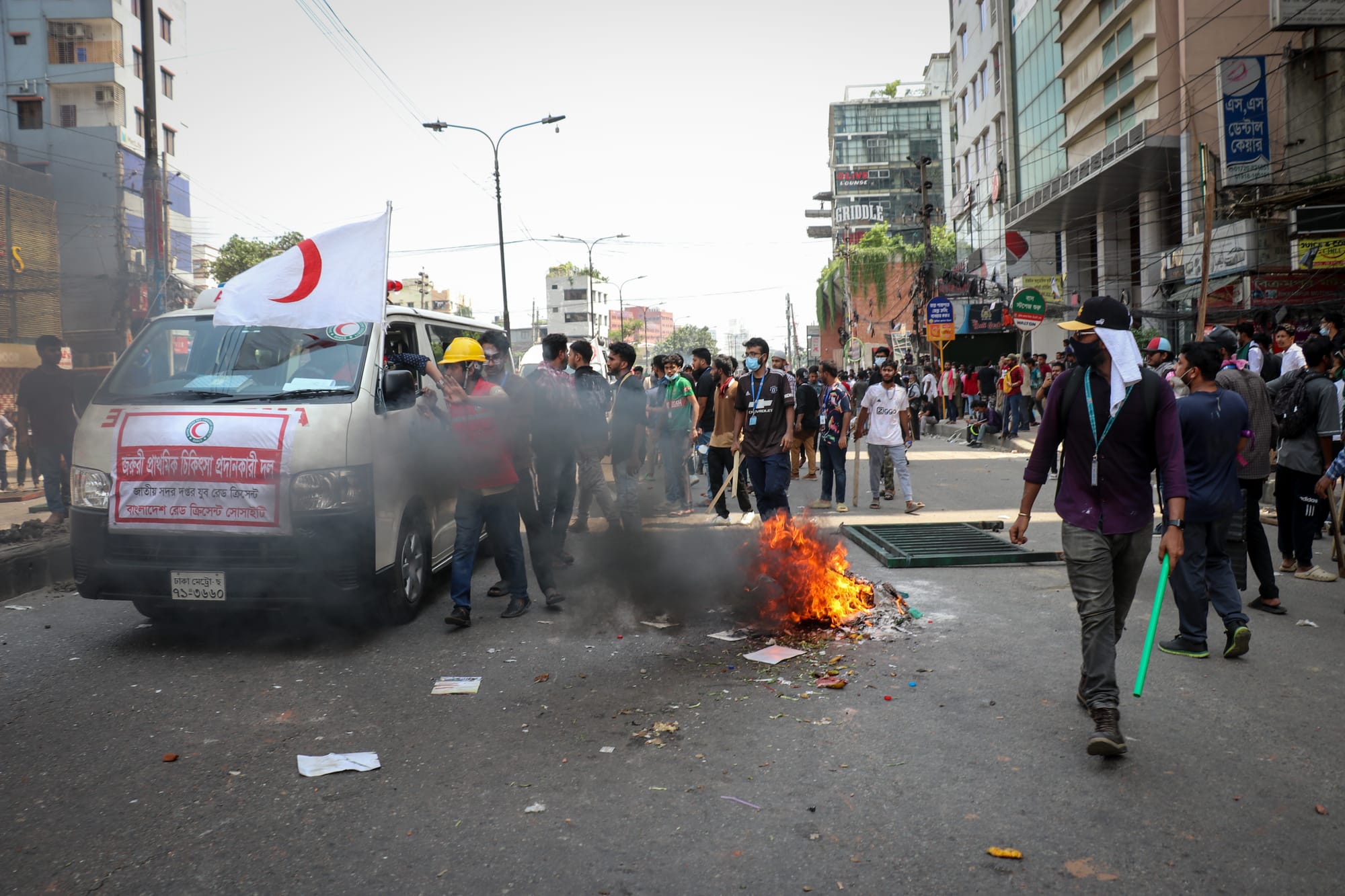
Photograph: Risul Islam Rifat
One photo—and there are many in particular—still lingers. A helicopter hovered above, loud, distant. And on the ground, a crowd of students raised sticks in the air, arms stretched like they could reach it. They couldn’t, obviously. But that moment wasn’t about practicality. It was about spirit, defiance, hope, courage.
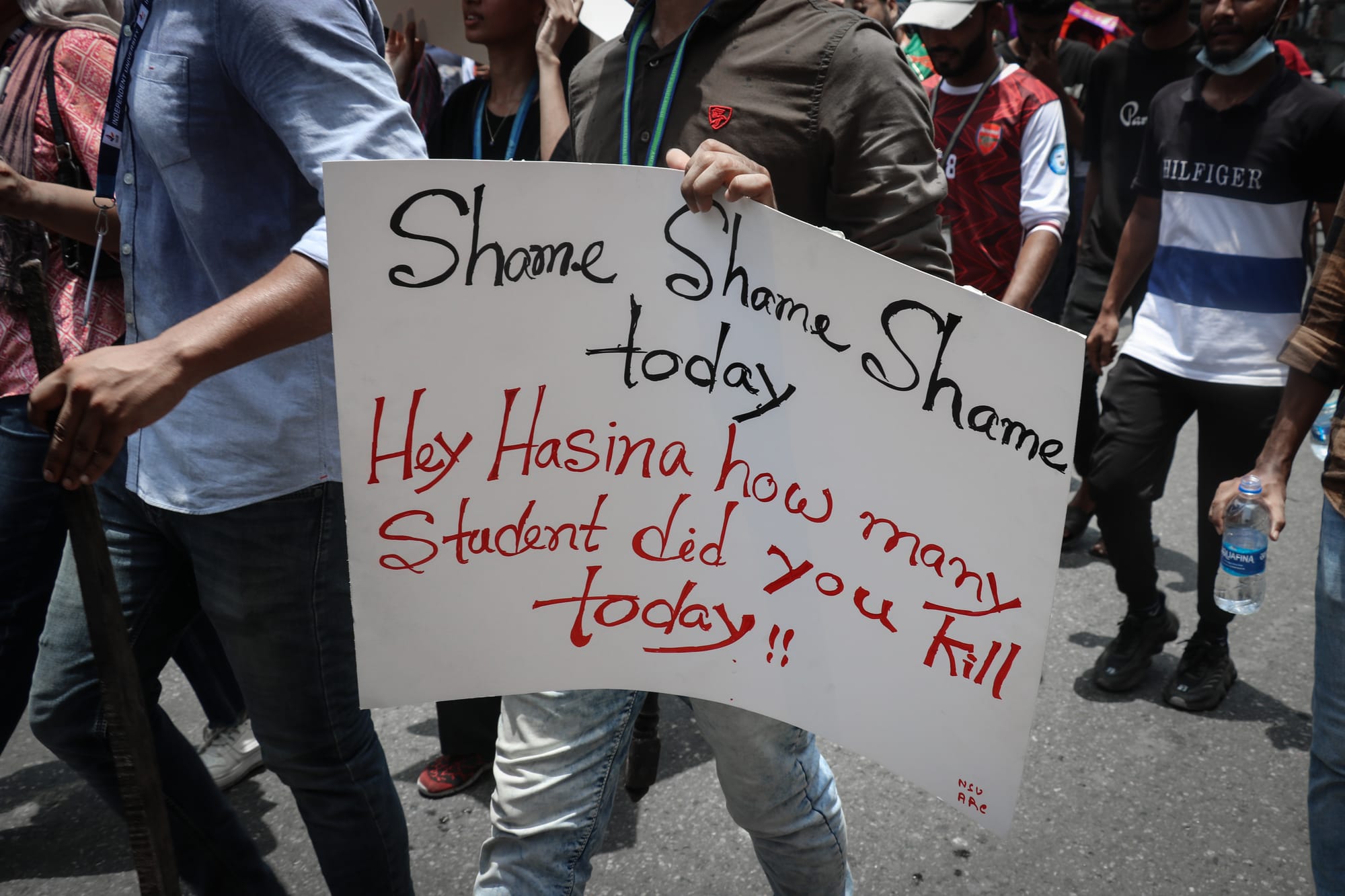
Did we ever hesitate? Did we flinch before clicking the shutter? Not once.
There was no space for fear. People were risking their lives for a just demand. If any of us had paused, we would’ve betrayed the moment. Taking those photos meant showing the world: We were here. This happened.
